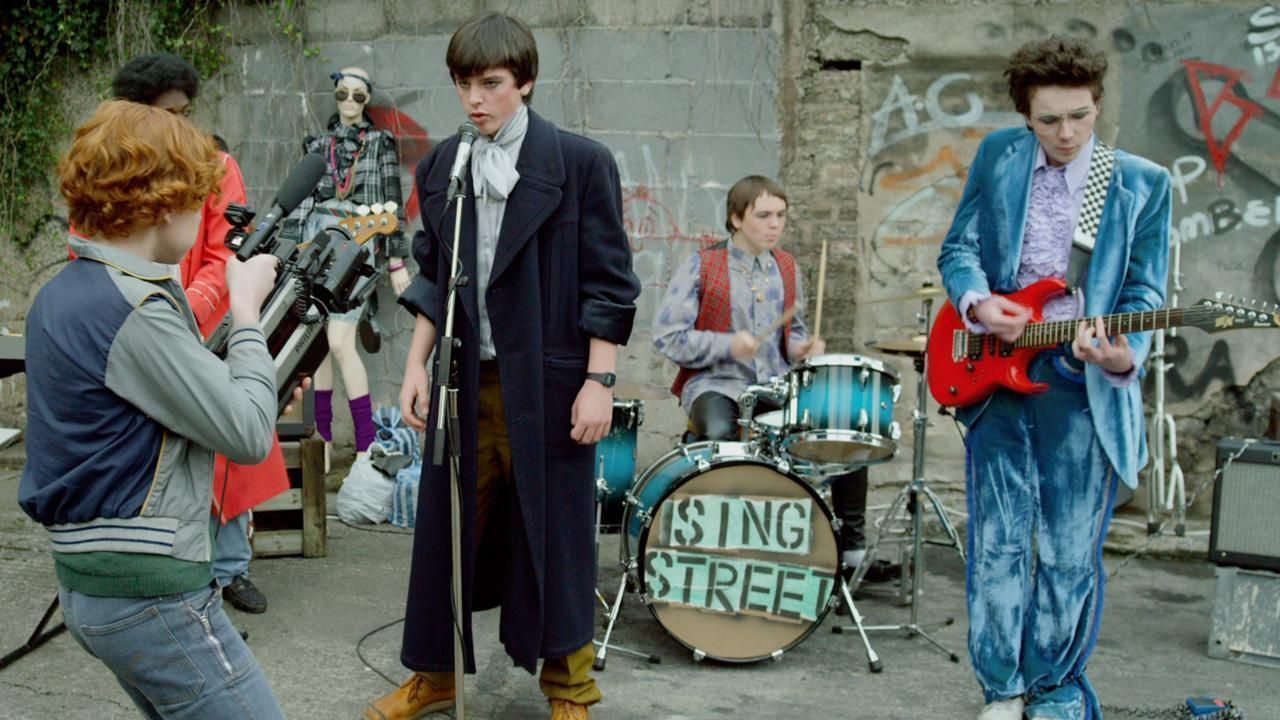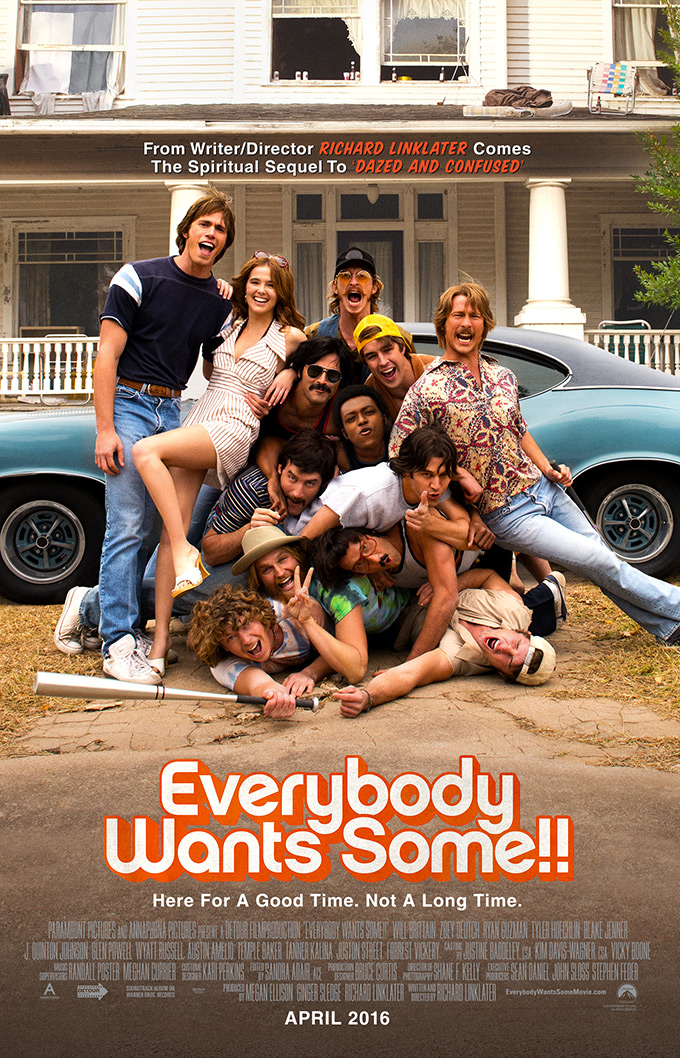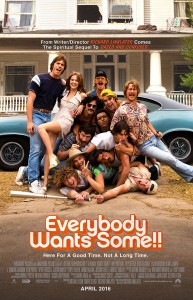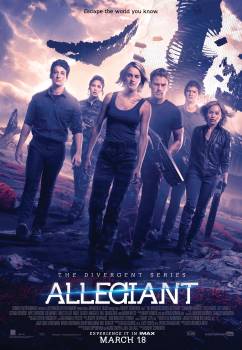Little Men
Posted on August 13, 2016 at 5:35 pm

“Little Men,” perhaps a reference to the Louisa May Alcott book of the same name, is an inherent contradiction. In this film, at least two of the characters it refers to are at that moment of inherent contradiction, middle school. As it begins, Jake Jardine (Theo Taplitz) is home alone when he gets a phone call. His grandfather has died. Soon, Jake and his parents, an actor named Brian (Greg Kinnear) and a psychiatrist named Kathy (Jennifer Ehle) move to his grandfather’s Brooklyn brownstone, an apartment over a dress shop owned by Leonor (Paulina García), an immigrant from Chile, who lives nearby with her son, Tony (Michael Barbieri), who is Jake’s age. Leonor greats Jake and his family warmly, if a little warily. And the two boys hit it off immediately and quickly become good friends. All three parents (Tony’s parents are separated) support this friendship, even as their own relationship starts to fray. Jake’s father had not raised Leonor’s rent in many years, even though rates had gone up as the area gentrified. Brian, currently rehearsing Chekhov’s “The Seagull,” does not make much money as an actor, and he is painfully aware that the family depends on Kathy to pay the bills. So is she. Brian’s sister is also pushing him to raise the rent because she is co-owner of the property.
The Jardines’ relationship with Leonor is not quite businesses and not quite friendship. In a way, Brian is a “little man” himself. He knows Leonor cannot afford to pay more and has nowhere else to go. He wants to be a good guy and fair to everyone, and that makes him feel ineffectual.
Sachs and his co-writer, Mauricio Zacharias understand the intensity of middle-school friendships, even when the people involved have little in common beyond being the same age and not quite fitting in anywhere else. Jake is quiet, a loner, happy to stay in his room and draw all day. Tony is outgoing, confident, and ambitious. He wants to be an actor, not because it would be fun to be on television and be famous but because he is serious about acting. In the film’s most uninhibited and joyous scene (filmed in Barbieri’s real-life acting class), Tony and his acting teacher do an improvisation exercise that has them shouting and mirroring one another. And we also see the boys gliding together through Brooklyn on roller blades and scooter, the exhilaration of being young and finding your first real adventure.
And we see Leonor, Brian, and Kathy trying to find some common ground with increasing frustration and impatience. Each scene is a small gem, a particularly apt metaphor because each shows us a different facet, a different face. If at first it seems discursive because it does not follow the traditional beats of cinematic storytelling, we see as it unfolds that Sachs is very much in control. His films reward us with patient, layered storytelling that reveal how large, and large-hearted, a small story can be.
Parents should know that this film has a sad (offscreen) death, family stress, drinking, smoking, some strong language, and issues of income inequality.
Family discussion: Should the boys’ friendship be affected by their parents’ dispute? Who was right and why?
If you like this, try: “Love is Strange”







